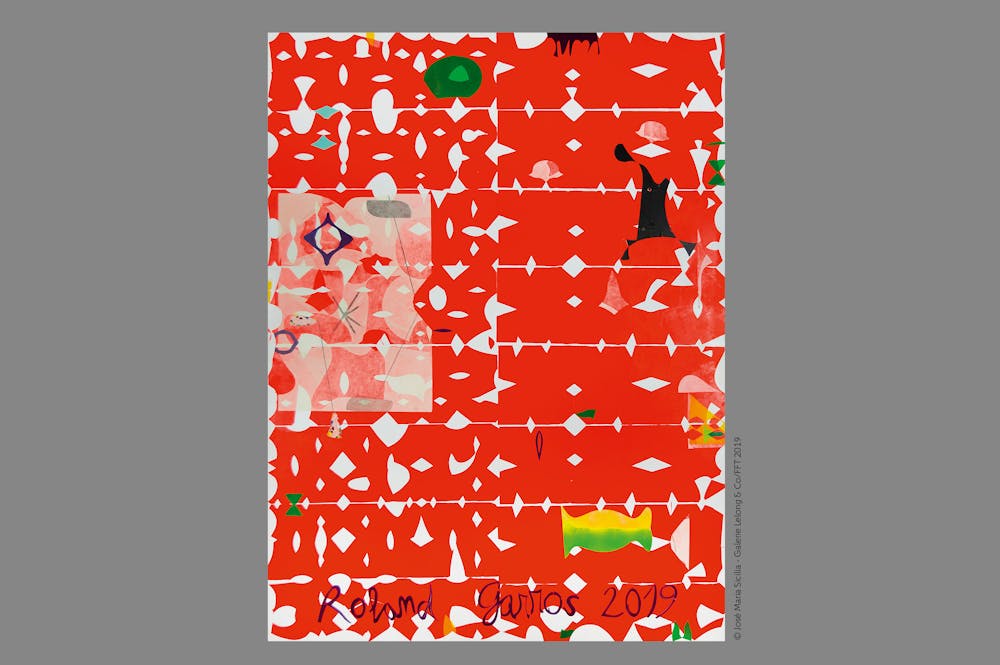Who's the artist?
José Maria Sicilia lives and works in Madrid. Born in 1954, he grew up under the dictatorship of General Franco, who was near the end of his life. His summer holidays in the monastery town of El Escorial, at the foot of the Guadarrama mountains, were punctuated by the sound of Angelus bells and the State radio, leaving him with deep-rooted memories that would form a pattern for his work.
In 1975, he joined the San Fernando school of fine art in Madrid. Moving to Paris in 1980, he held his first exhibition then left for New York in 1985. In 1989, Sicilia received the Premio Nacional de Artes Plásticas award from the Spanish Ministry of Culture. Though he is known as one of the figureheads of Spanish figurative art, nowadays he is constantly renewing his artistic approach.
Between abstraction and figuration
Renowned for his unusual creation techniques, José Maria Sicilia remains loyal to his method, which lies somewhere between abstraction and figuration. He now works with computer tools, graphically interpreting sounds and waves that are invisible to the naked eye to make stunningly beautiful creations.
His work features in important public and private collections across Europe, the United States (MoMA and Guggenheim in New York) and Asia. He regularly collaborates with resident artists in Japan, alongside victims of the tsunami.
 ROLAND-GARROS
18 May - 7 June 2026
ROLAND-GARROS
18 May - 7 June 2026


